Sightseeing Spots
Search Results314
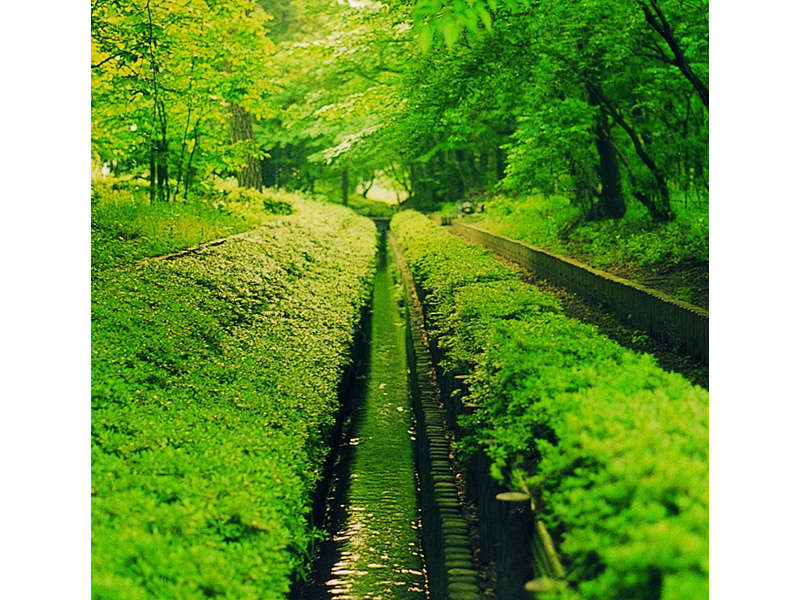
The Nobidome Yosui irrigation canal was diverted from the Tamagawa Aqueduct (Tokyo, Kodaira City) in 1655 to use as drinking water by the pioneers of the plateau, by order of Kawagoe’s daimyō, Matsudaira Nobutsuna, to his vassal, Yasumatsu Kinemon. Today, a promenade set up around the canal transforms this road into a valued spot for nature and relaxation. It has a total length of about 24 km, and also nourishes the rice paddies of Shiki City, Muneoka.
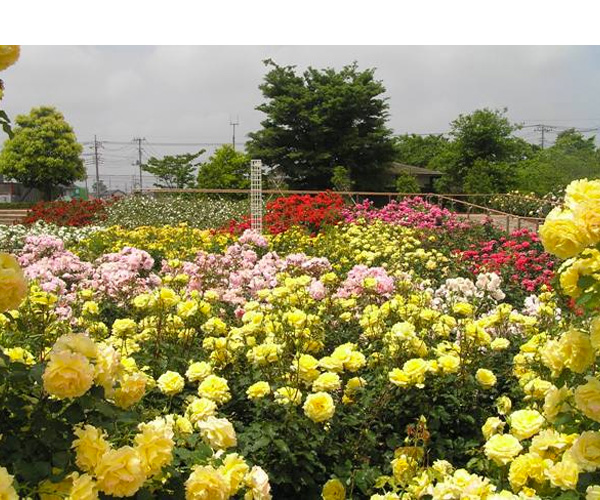
Saitama prefecture's largest rose garden blooms twice a year, once in spring and once in autumn. The best times to visit are from early May to early June and early October to mid-November. There are over 400 varieties and more than 5000 individual roses in this garden of overwhelming beauty. There is also a garden of hydrangeas that blooms in June. Walk through the park and enjoy the relaxing atmosphere, finding various sport and recreation facilities, waterside areas, playground equipment, large sandpits, and much more, which come together to create a stimulating environment with something for everyone!
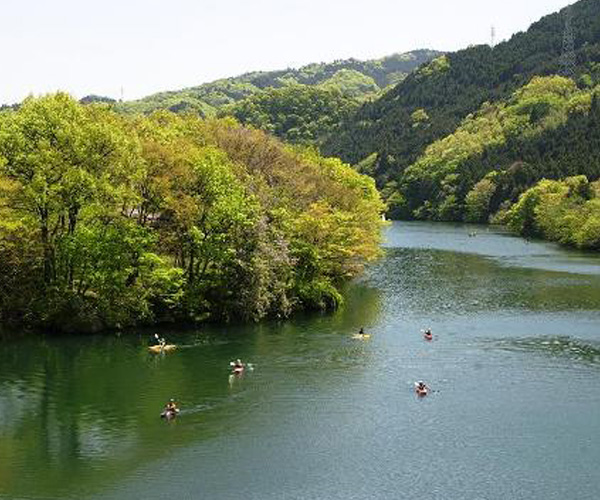
The dam constructed on the Arakawa River in Yorii Town is called the "Tamayodo Dam," and the artificial lake created by the Tamayodo Dam is known as “Lake Tamayodo (Tamayodoko).” Visitors can enjoy activities such as canoeing and rafting on this peaceful lake known for its highly transparent water and surrounded by forest. It is also a famous spot for autumn leaves in Yorii Town.
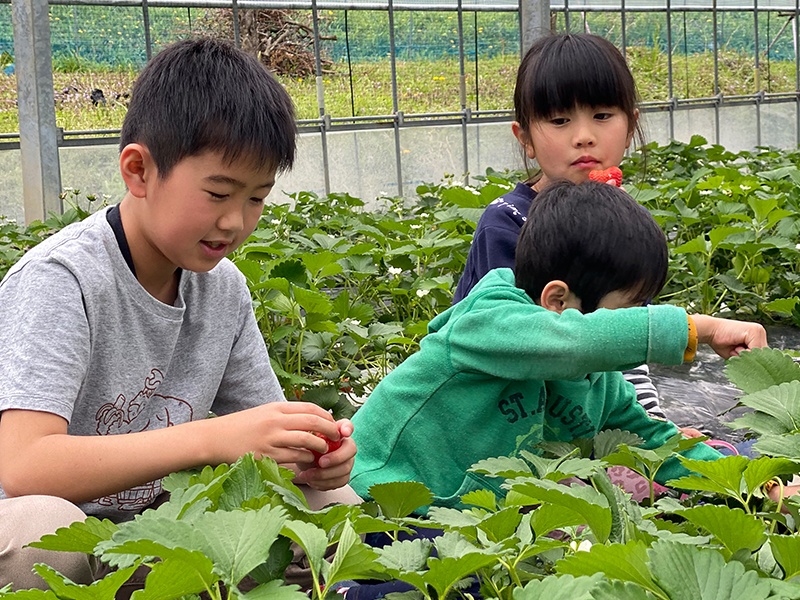
This strawberry farm is located in the peaceful landscape of Ashigakubo in Chichibu. Located on a hill, the view is fantastic! Please enjoy the sweet and juicy strawberries grown in our carefully maintained soil☆
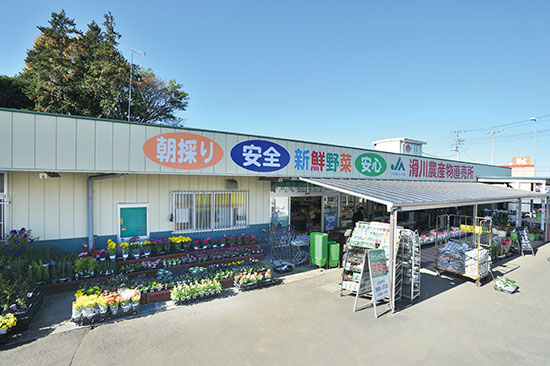
At Namegawa Farmers Market, you can find locally harvested fruits and vegetables for sale. We recommend the freshly polished-to-order white rice, cucumbers, eggplant, daikon radishes and other seasonal items alongside an endless supply of fresh vegetables, popular with many customers. We also hold special events such as corn festival, new rice festival, and agricultural festival, and sell specialties such as Polotan (chestnut variety) and Bushu Koro persimmon.
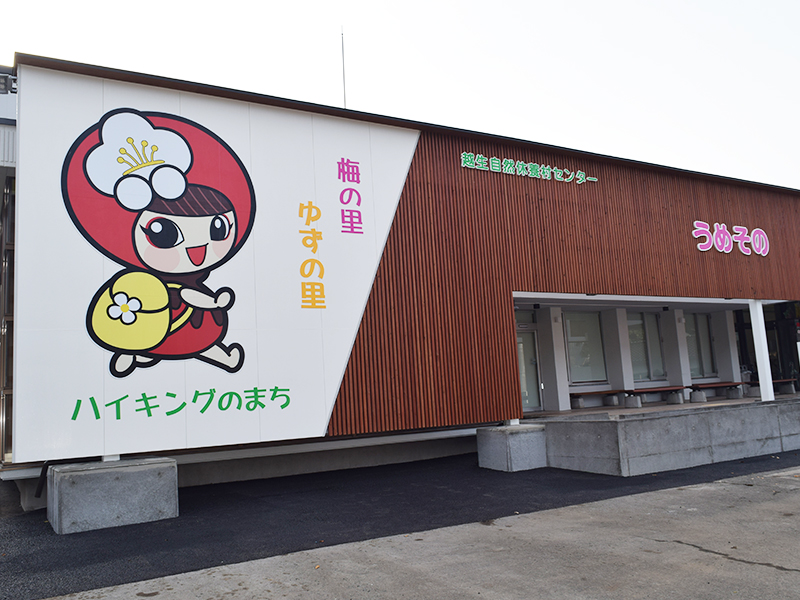
At Umesono, you can buy products made from Ogose's local specialties, ume (plum) and yuzu (Japanese citrus). The central location makes it a popular resting place for hikers and other travelers.
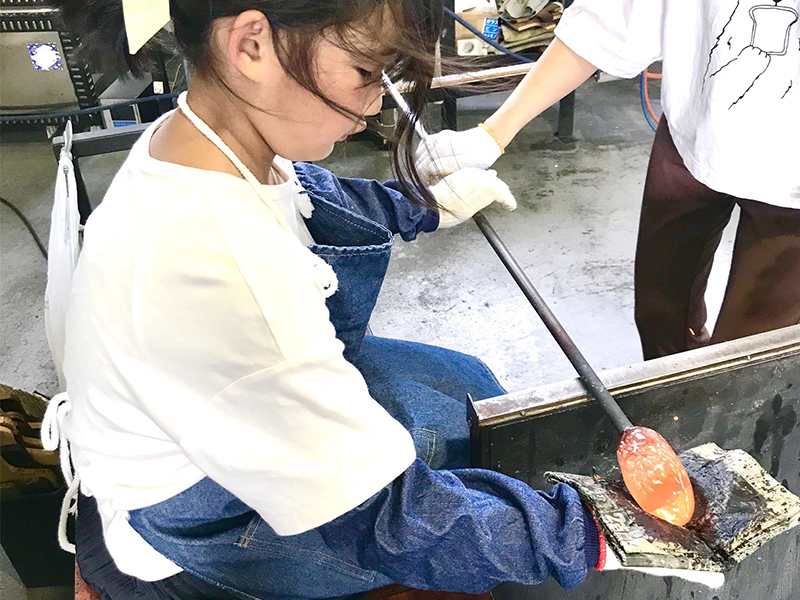
At the Hanayoi Glass Studio run by Tamami Sudo, a glass artist who has had numerous exhibitions at famous department stores, you can try your hand at glass blowing and sandblasting (reservations required). Participants receive careful instructions which are easy for even beginners, and the workshops are popular for making wedding anniversary or children's milestone mementos. The stunning works of Tamami Sudo that are on display in the studio.
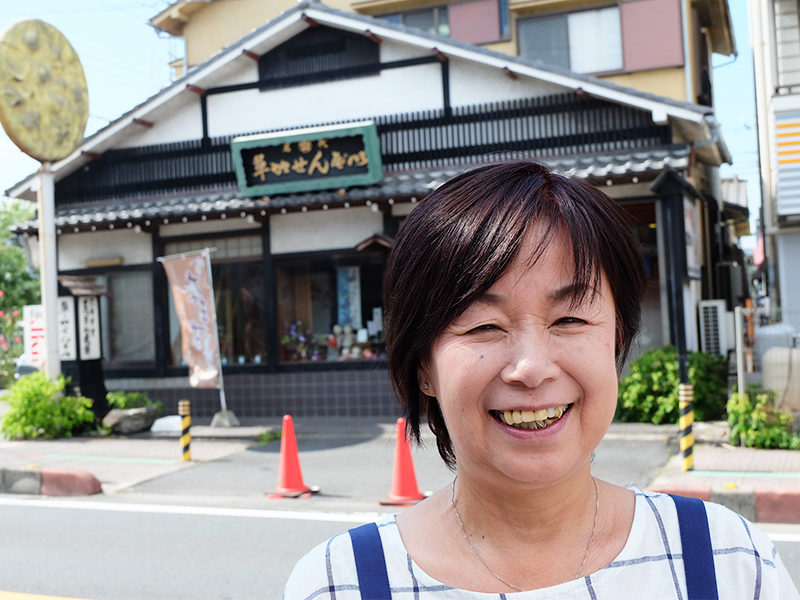
This is a long-established rice cracker shop recognized by its large signboard. The cute "namazu sembei (rice cracker)" in the shape of a catfish symbolize Yoshikawa, the home of the catfish, and is a popular souvenir. Another favorite with many repeat customers are the Yoshikawa Chips, made with 100% Yoshikawa-grown rice flour and deep-fried in a secret recipe of soy sauce and vegetable oil. Both products have been certified as premium brands by Yoshikawa City.
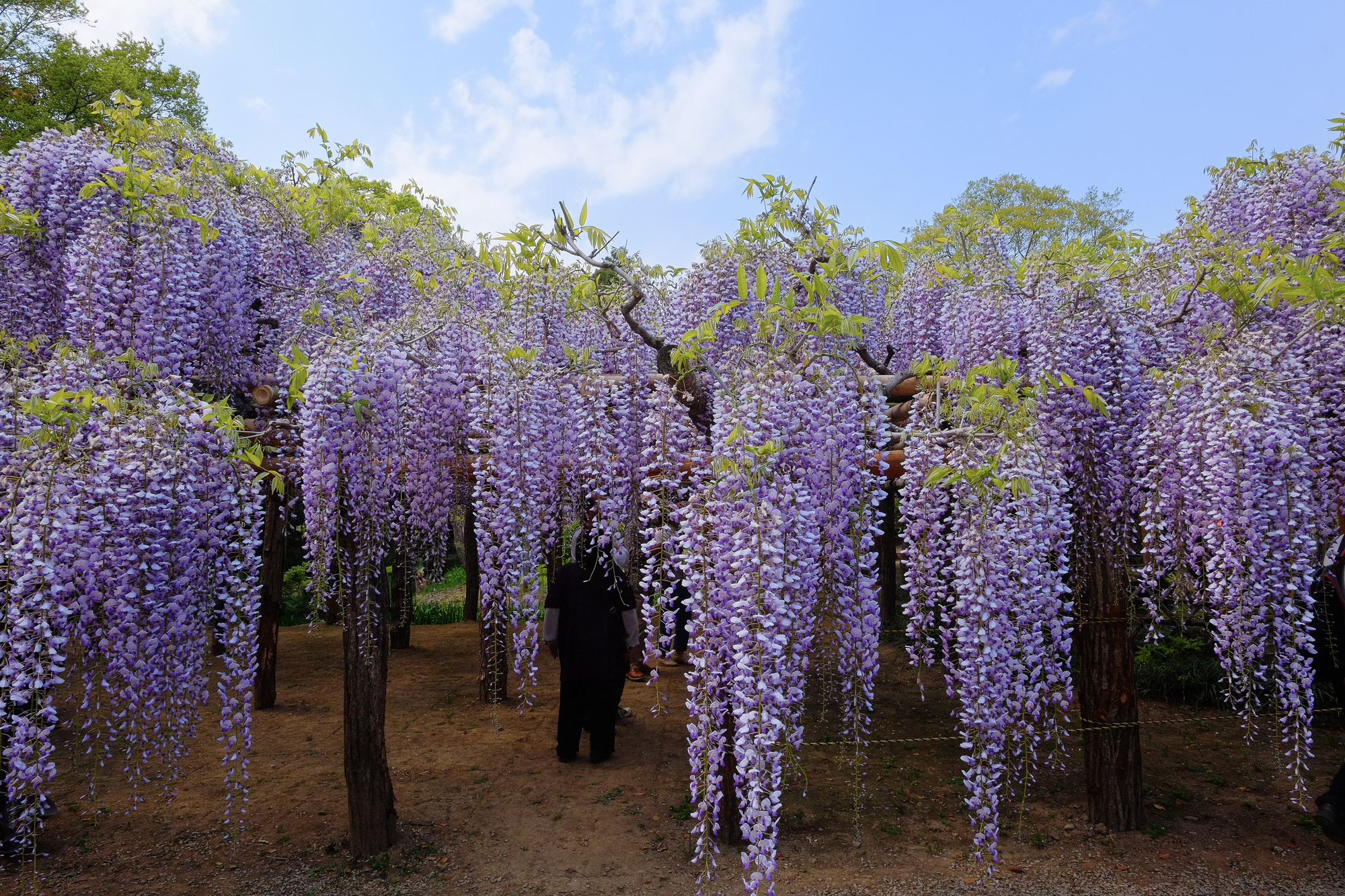
The Tokaen garden was originally located on the grounds of Renge-in, a Buddhist temple of Shingon sect. After the temple was abandoned in 1864 by its head priest, Kozo Fujioka, it was transferred to its current owner. According to legend, the wisteria here were personally planted by Kobo Daishi* nearly 1,200 years ago. *Also known as Kukai, Kobo Daishi was the monk who founded the Shingon school of Buddhism.
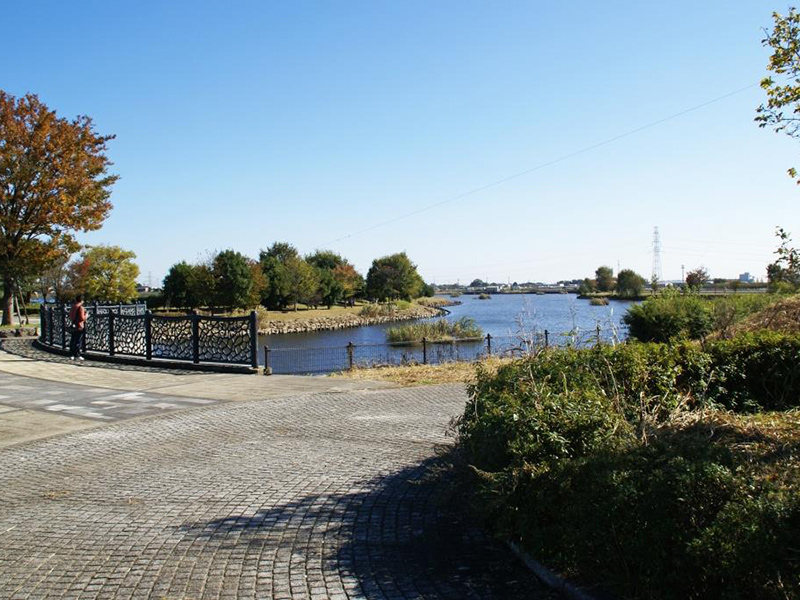
These marshes have been made more visitor-friendly through improving the habitat (biotope). A well-loved fishing spot, many people come to fish throughout the year.
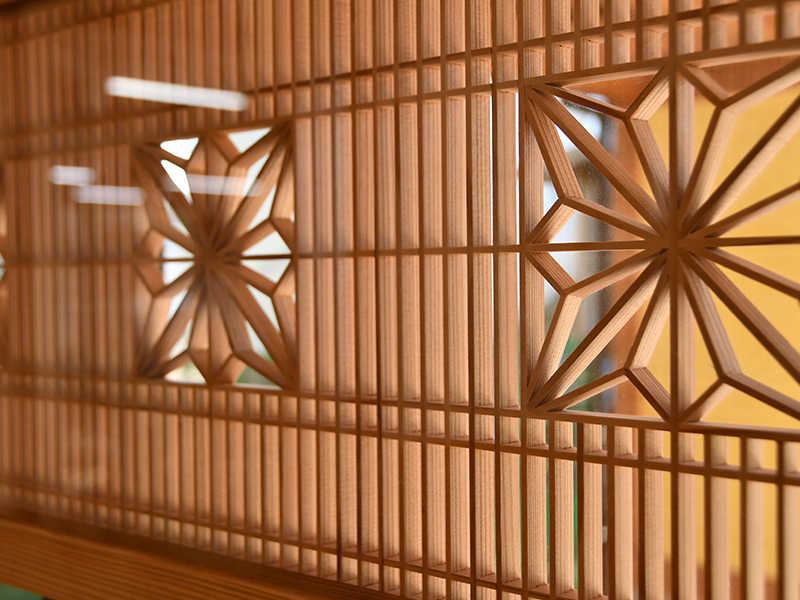
Doukan Omotenashi (hospitality) Plaza provides information on Ogose Town tourist attractions, historical sites, hiking trails, cherry blossom forecasts, and specialty products. Be sure to stop by when visiting Ogose Town!
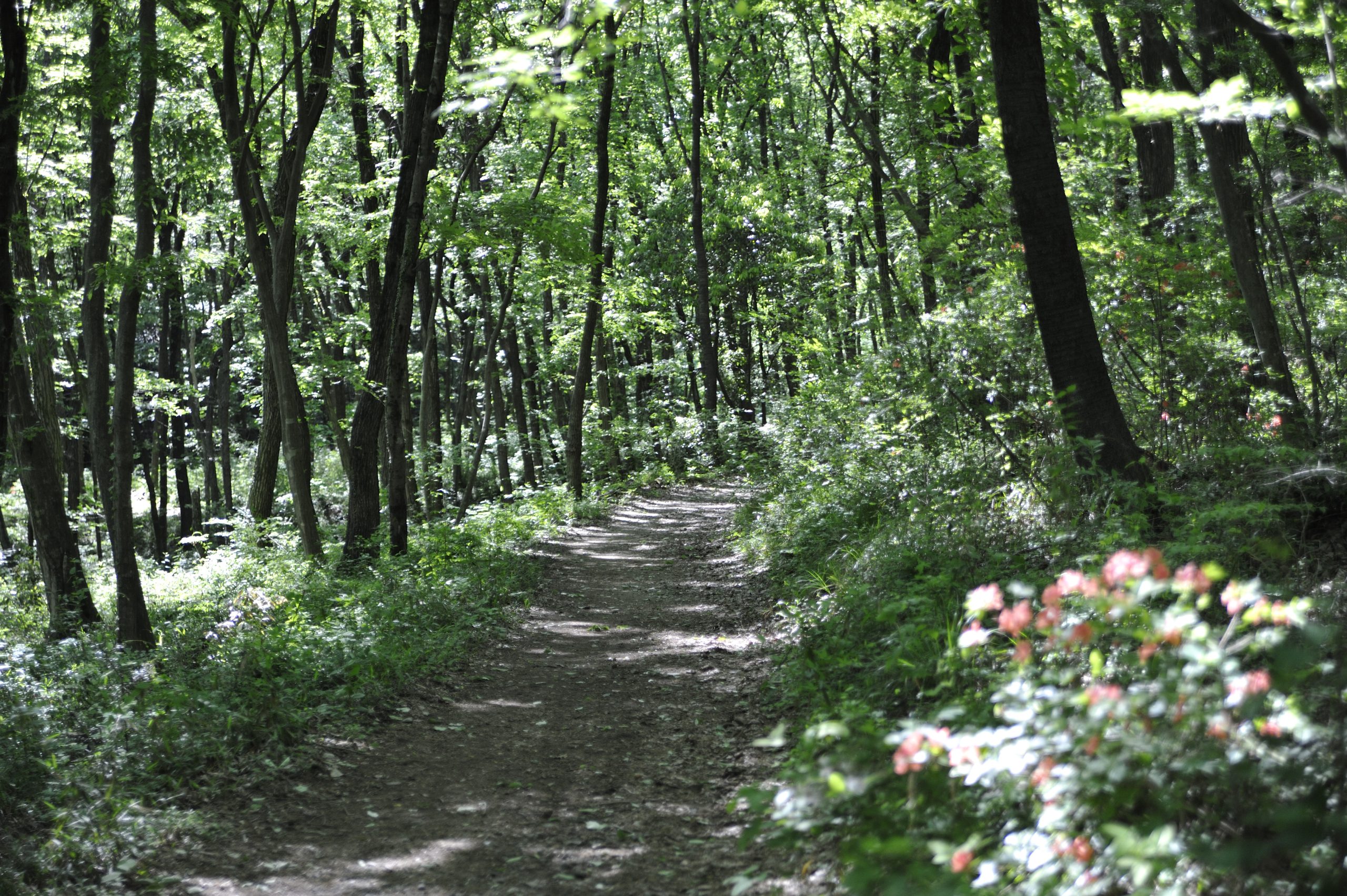
In the rural moutain village satoyama of Ishizaka no Mori, you'll be surrounded by lush nature. Visited by many as a place for finding health and purpose, one can gain a deeper understanding of ecosystems and nature conservation. Be the first to experience the new face of rural Japan, in the satoyama of Ishizaka no Mori.
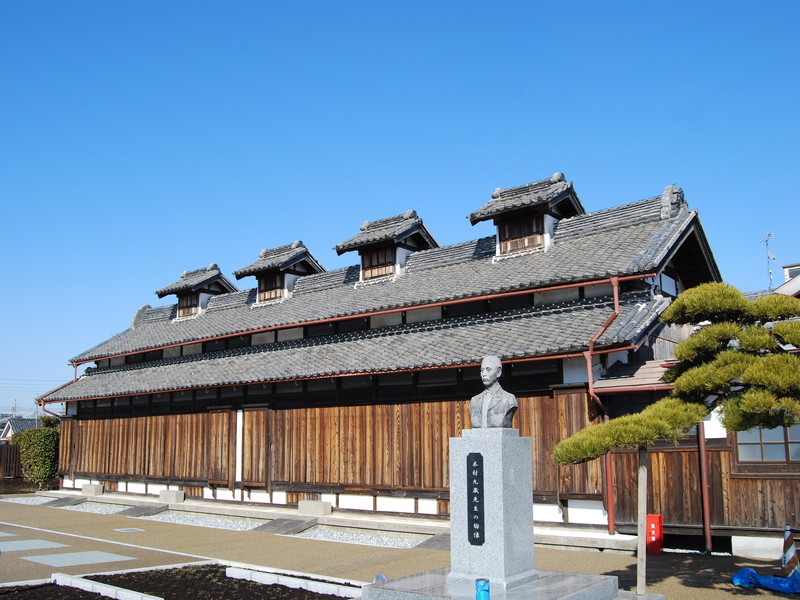
Built in 1894 by Kimura Kuzō, a company that pours its utmost effort into improving sericulture technique, this facility is a designated cultural property of Saitama Prefecture. It is a modernized inheritance (Silk Industry Heritage) where visitors can get a glimpse of the industry of sericulture.
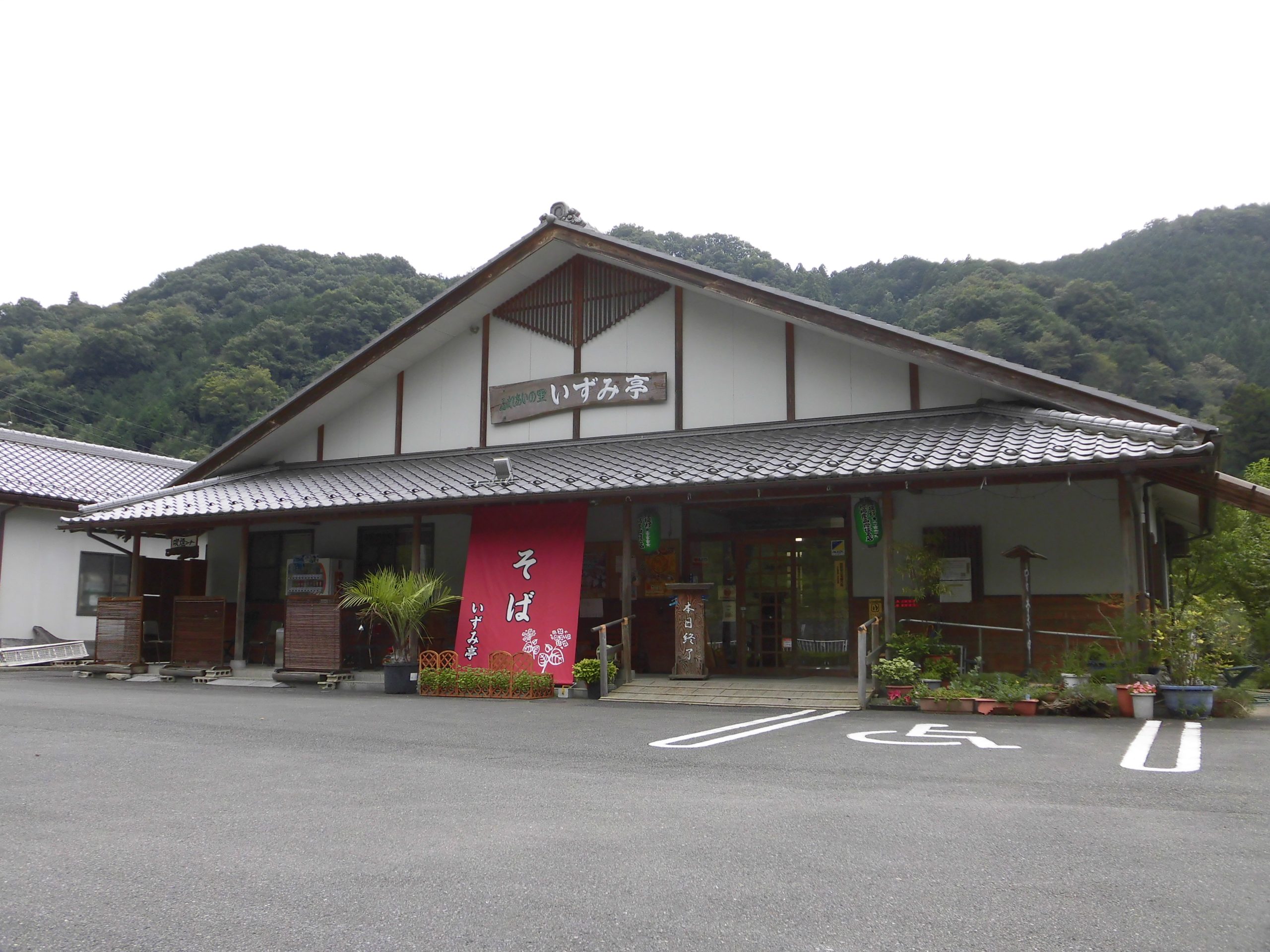
A shop that sells handmade soba made from 100% local buckwheat flour. They also use ingredients which are grown pesticide free or use 50% lower pesticides certified by the prefecture. Izumi-tei offers dishes made from ingredients at the peak of freshness and cultivated with the highest level of safety. Soba making experiences are also available with a reservation.
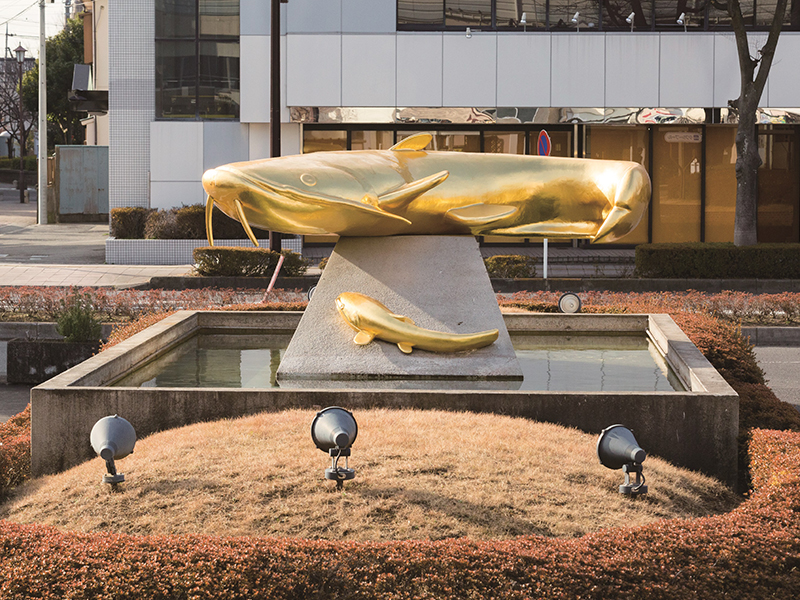
This monument of a golden catfish, the symbol of Yoshikawa City, is proudly displayed in the Yoshikawa Station South Exit rotary on the JR Musashino Line. It welcomes visitors to Yoshikawa City, which promotes itself as the "home of the catfish." It was created by Kazumi Murose, a lacquer artist considered a "national living treasure," and was installed on May 9th, 1995.

This riverside course has a mix of flat and undulating greens and is blessed with a rich natural scenery, with a view of the three mountains of Jōmō and Mt. Asama, and a carpet of red spider lilies in bloom during peak season. The specialty of the course is No. 17, a 595-yd (regular), par 6, extra-long course.

Come visit a key piece of shrine history in Japan! The city name Omiya, is actually derived from the presence of this very old and famous shrine, it’s full name being Musashi Ichinomiya Hikawa Jinja. This is one of the oldest and most significant shrines in the Kanto region, with an impressive history of over 2,000 years! That even tops the most popular shrines in Kyoto! Very popular for the locals during seasonal events, this shrine is a central part of Omiya’s history and culture. While the bustling festival atmosphere during the new year or summer seasons is a thrill, the quiet serenity of low-traffic seasons and weekdays makes for a more mystical experience. Be sure to pick up a good luck charm for a souvenir from one the most historic shrines around.
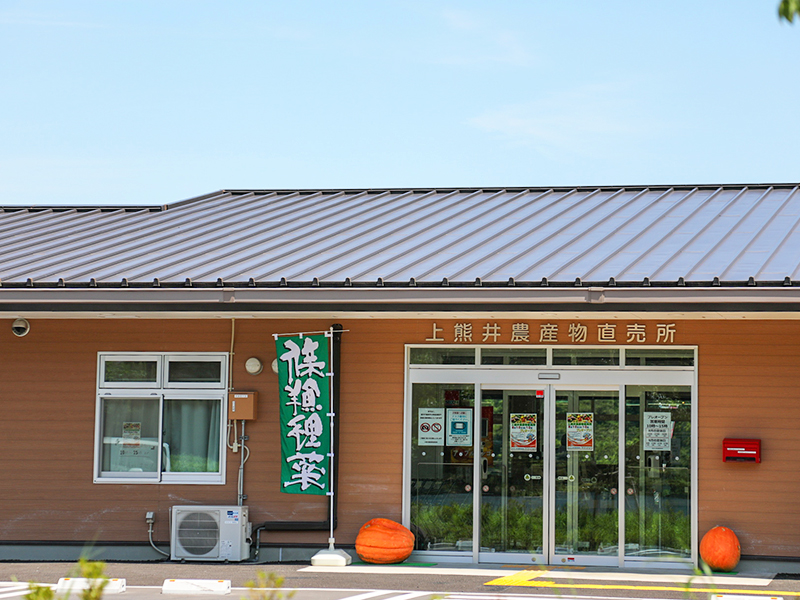
This farmers market sells mainly local agricultural products and specialty goods and functions as a hub for agricultural promotion and regional revitalization. In addition to local agricultural products, handicrafts and processed goods from both in and outside of the prefecture are available. The store has an dine-in space where you can enjoy food and drink, and there is also a spacious lawn. In the future, they plan to offer a rental kitchen where anyone can make sweets and side dishes to sell.
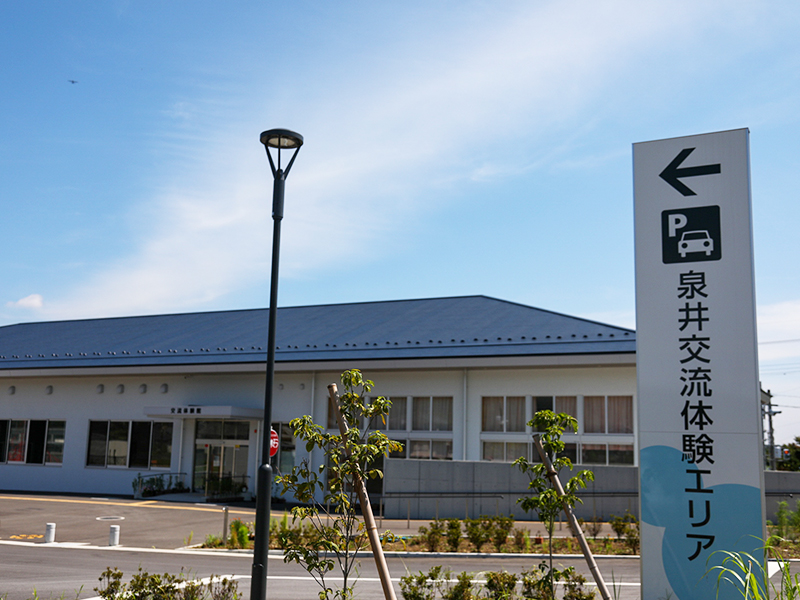
This facility provides a place for interaction among those in and outside of the region. The facility has a spacious lawn and a variety of playground equipment that can be freely used by anyone. In addition to renting out the training room and processing room facilities, the Exchange and Experience Center also holds independent projects such as hands-on classes and exhibitions.
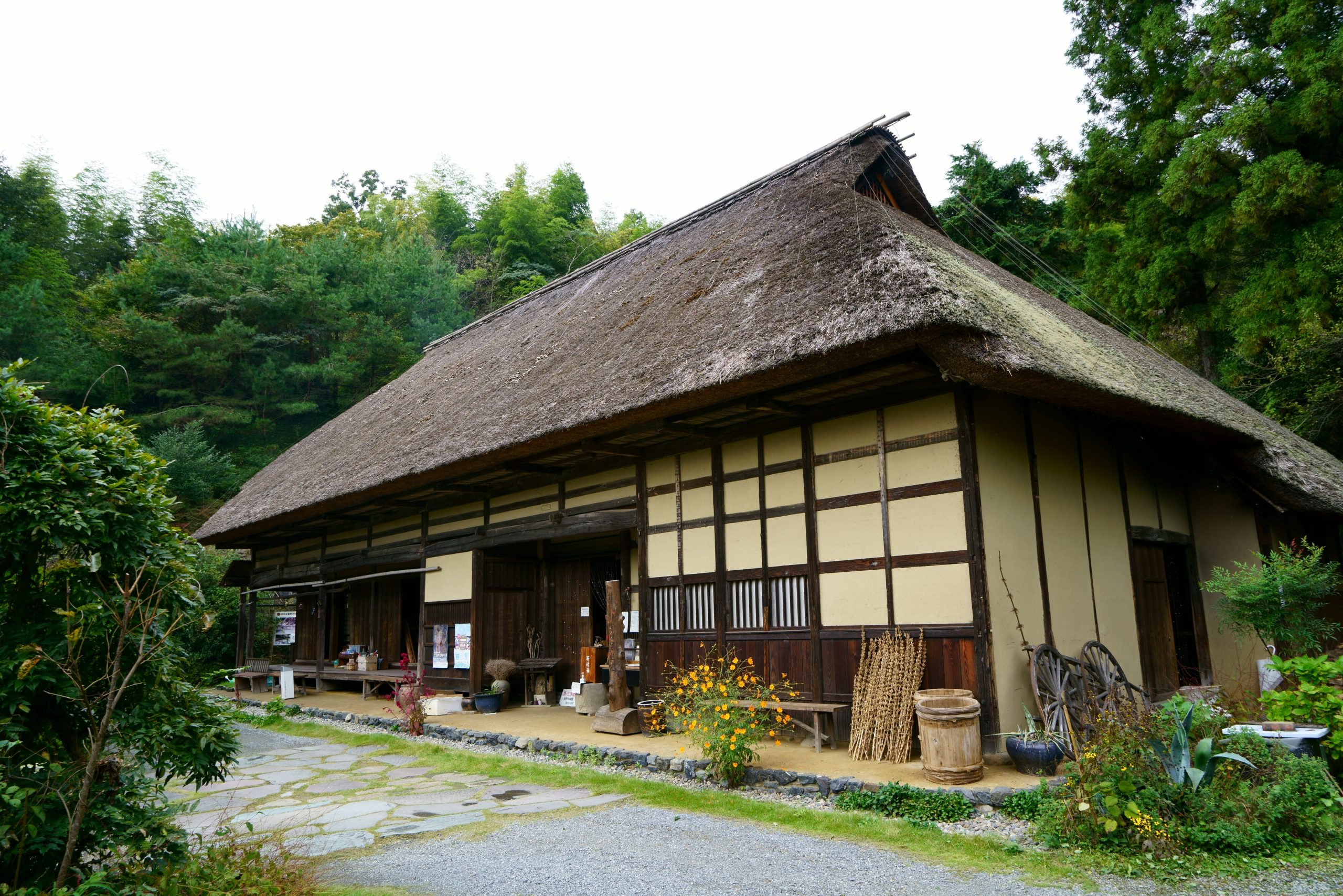
Constructed in 1721 and the largest private residence in the prefecture, this residence features a hip-and-gable thatched roof demonstrating the age of the building, and has been designated a National Important Cultural Property. The building measures 21.8 meters in length and 10.5 meters between beams. Visitors can sit around the sunken hearth (irori) and enjoy old-fashioned udon (wheat noodles), dango (rice dumplings) and other foods.
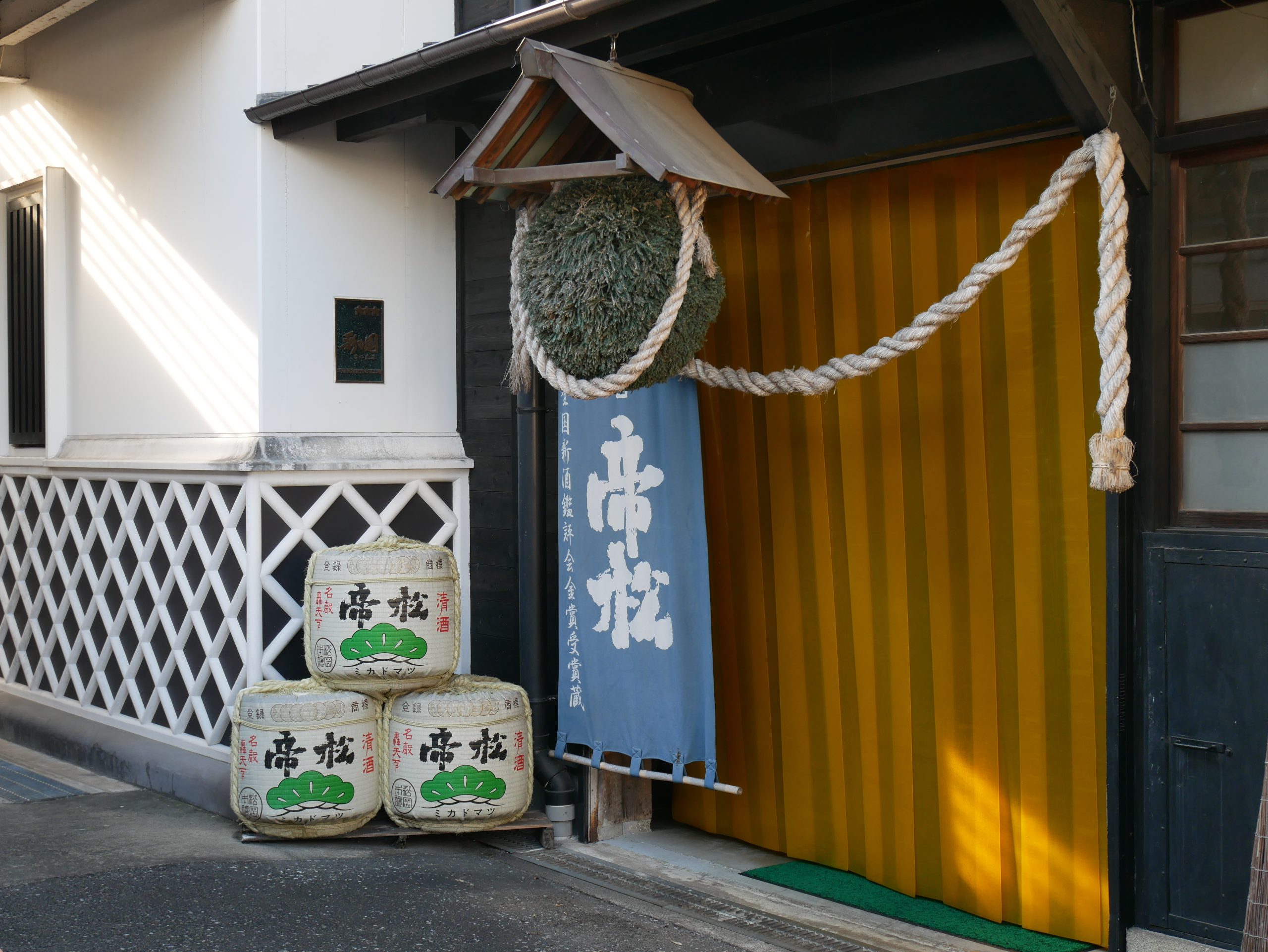
A brewery which holds a prefectural record for winning the gold medal at the Annual Japan Sake Awards for 8 consecutive years. Matsuoka Brewery originated when first generation brewer Matsuoka Emon, in search of higher quality water, moved his brewery from Niigata to Ogawamachi. The brewing water sourced from the Chichibu mountains has a higher concentration of minerals, pumped from a source 130 meters underground. At our brewery tour (reservation required), visitors can view the brewing warehouse, learn about the sake brewing process and enjoy a sake tasting. The Daiginjo (super premium sake) ice cream available at the brewery direct sales shop is a hit with children and adults alike. There is also a brewery restaurant, “Shofuan,” adjacent to the facility.
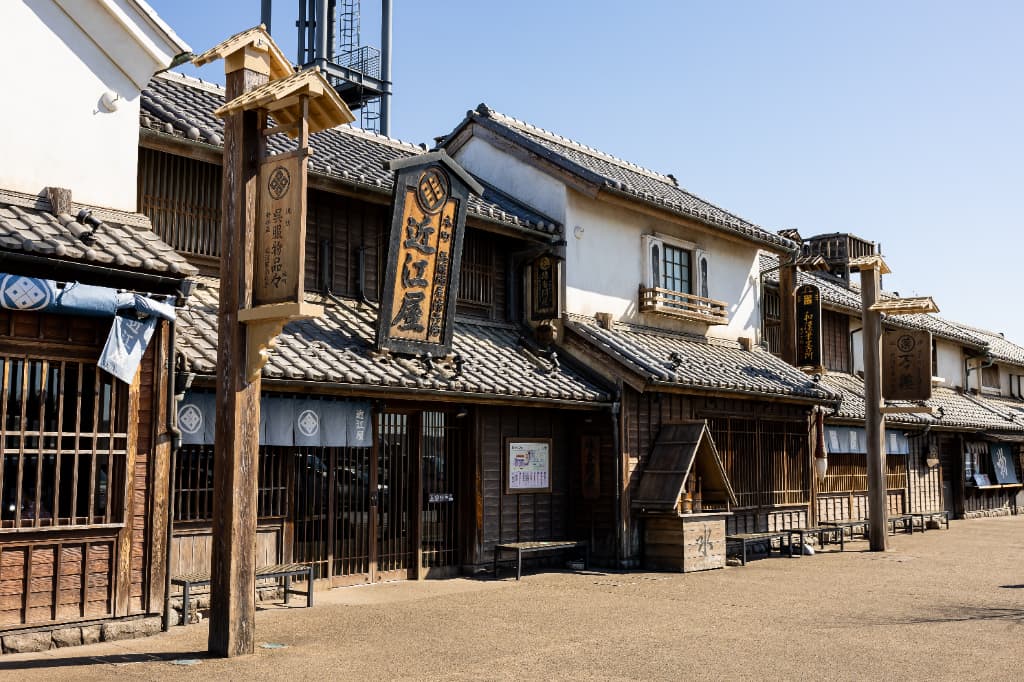
Located in the Hanyu Parking Area on the Tohoku Expressway (Tokyo-bound), Onihei Edodokoro is a facility that recreates the world of the historical novel series "Onihei Hankacho." Visitors can experience the streetscapes and culture of the Edo period, as well as savor the authentic flavors of Edo that were beloved by Shotaro Ikenami, the author of "Onihei Hankacho" and a renowned gourmet. The food court features long-established shops and famous restaurants that preserve traditional Edo flavors to this day. Establishments such as "Gotetsu," the game fowl hot pot restaurant that appears in "Onihei Hankacho," have been faithfully recreated, allowing visitors to feel as though they've stepped into the world of the stories. The souvenir shop stocks a wide variety of traditional products from established stores, highway souvenirs, and numerous original Onihei Edodokoro items that can only be found here.
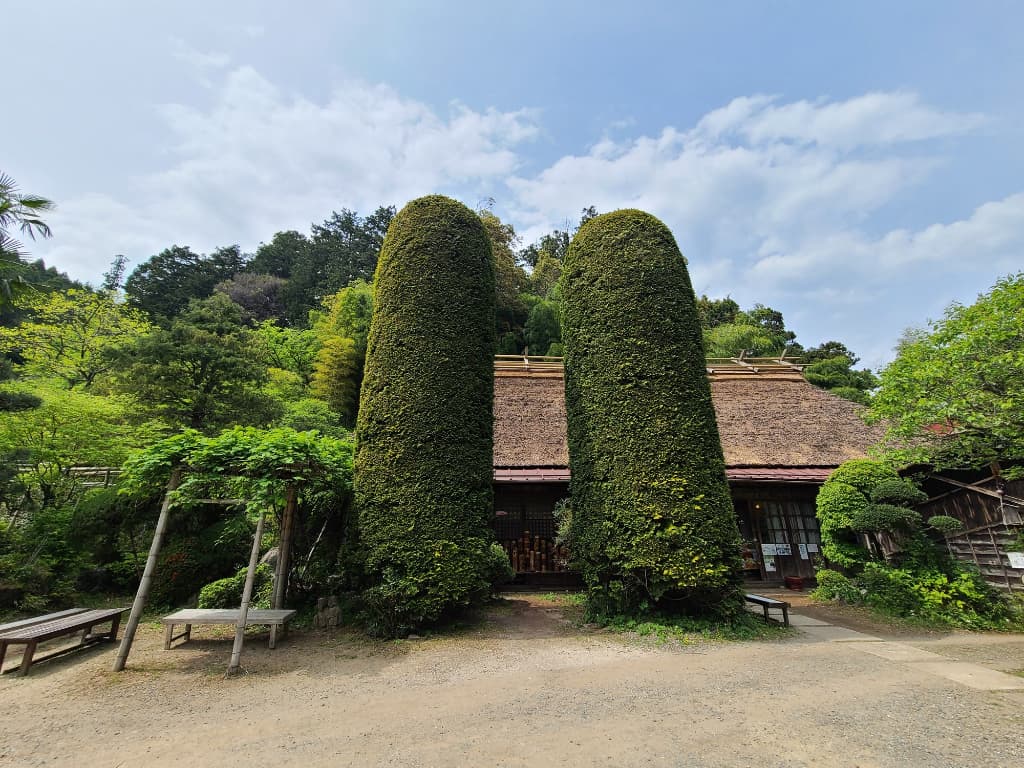
Iozan Yakujuin Hachioji Temple in Hanno City is also known as "Takedera" (Bamboo Temple) because its spacious grounds are densely covered with bamboo groves. It has over a thousand years of history as a training site for mountain worshippers, and offers exceptional shojin ryori (Buddhist vegetarian cuisine). The shojin ryori served here features seasonal mountain vegetables and various medicinal herbs, served in bamboo vessels that are unique to this temple surrounded by bamboo - a refreshing presentation that delights the eye. The dishes are also accompanied by strips of paper inscribed with haiku and seasonal flowers, which embody the beauty and spiritual richness deeply rooted in Japanese culture. Please savor to your heart's content this simple yet refined shojin ryori that brings out the natural character of each ingredient. The main hall enshrines Gozu Tenno, a syncretic deity that emerged from the blending of Shinto and Buddhism, who is worshipped as a protector against illness and misfortune. By the shrine gate at the entrance to the main hall, you'll find a chinowa (sacred rope ring). Make sure to pass through it while praying for the purification of your mind and body.
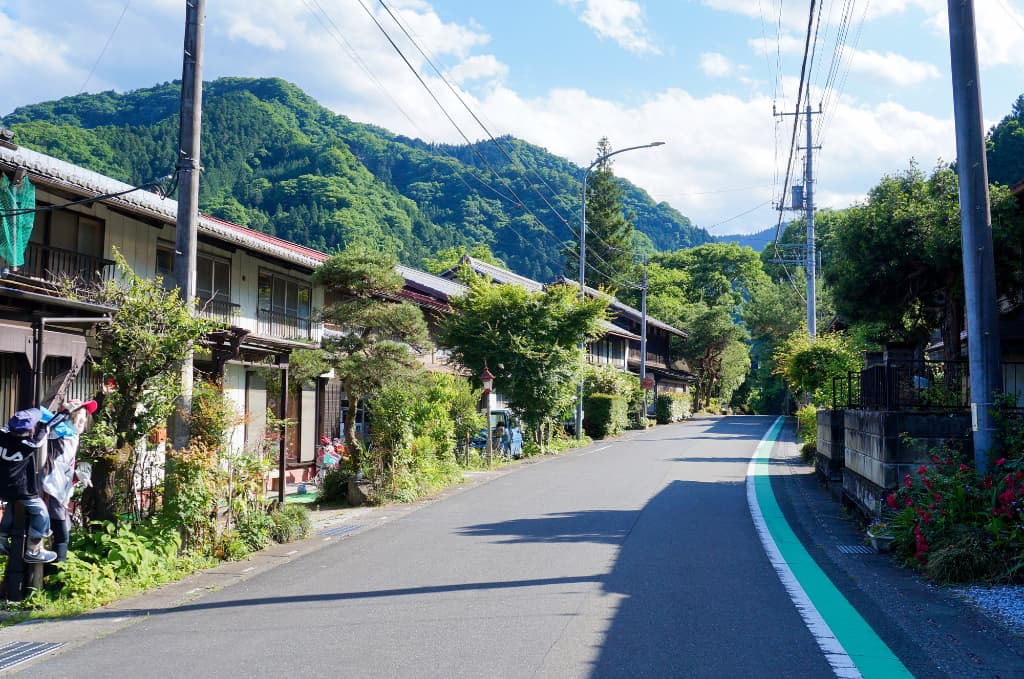
Niekawa-juku was a thriving post town during the Edo period that served as a junction for routes leading to Koshu (Yamanashi Prefecture), Joshu (Gunma Prefecture), and Shinshu (Nagano Prefecture). It flourished due to heavy merchant traffic, with over 20 inns lining the streets. Palanquins carrying pilgrims to Mount Mitsumine also started their journeys from here, adding to the town's bustle. However, when the local railway station opened, fewer people used the old highway, so the town gradually declined. Around 2016, a community revitalization project began to restore the former liveliness by creating a "scarecrow village” (kakashi no sato). More than 60 unique and charming scarecrows have been placed throughout, delighting visitors. These scarecrows feature varied appearances with meticulously crafted clothing and accessories that are so lifelike, they seem ready to spring into action, bringing vibrancy back to the town. You can reach Mitsumineguchi Station, where Niekawa-juku is located, by taking the SL Paleo Express. In 2020, SL Tenshadai Park opened at Mitsumineguchi Station, where visitors can observe coal handling operations such as coal trimming and watch a turntable rotate steam locomotives up close. Kakashi: Dolls or figures placed in fields to prevent birds and other animals from damaging crops. *The figures sitting in the image are kakashi.
This site uses cookies to improve the user experience. If you continue to browse, you consent to the use of cookies on this site. Accept
CONTACT
